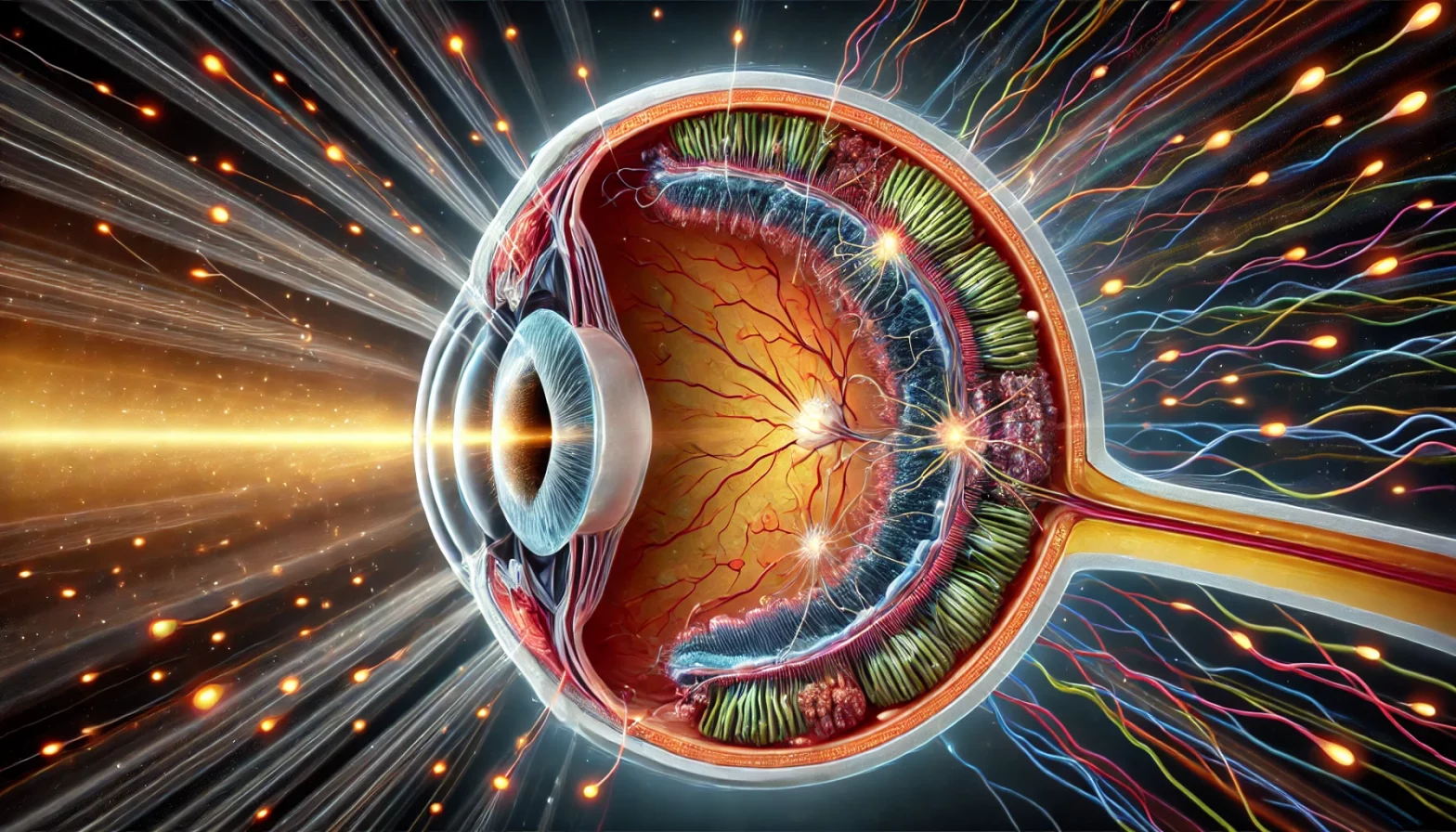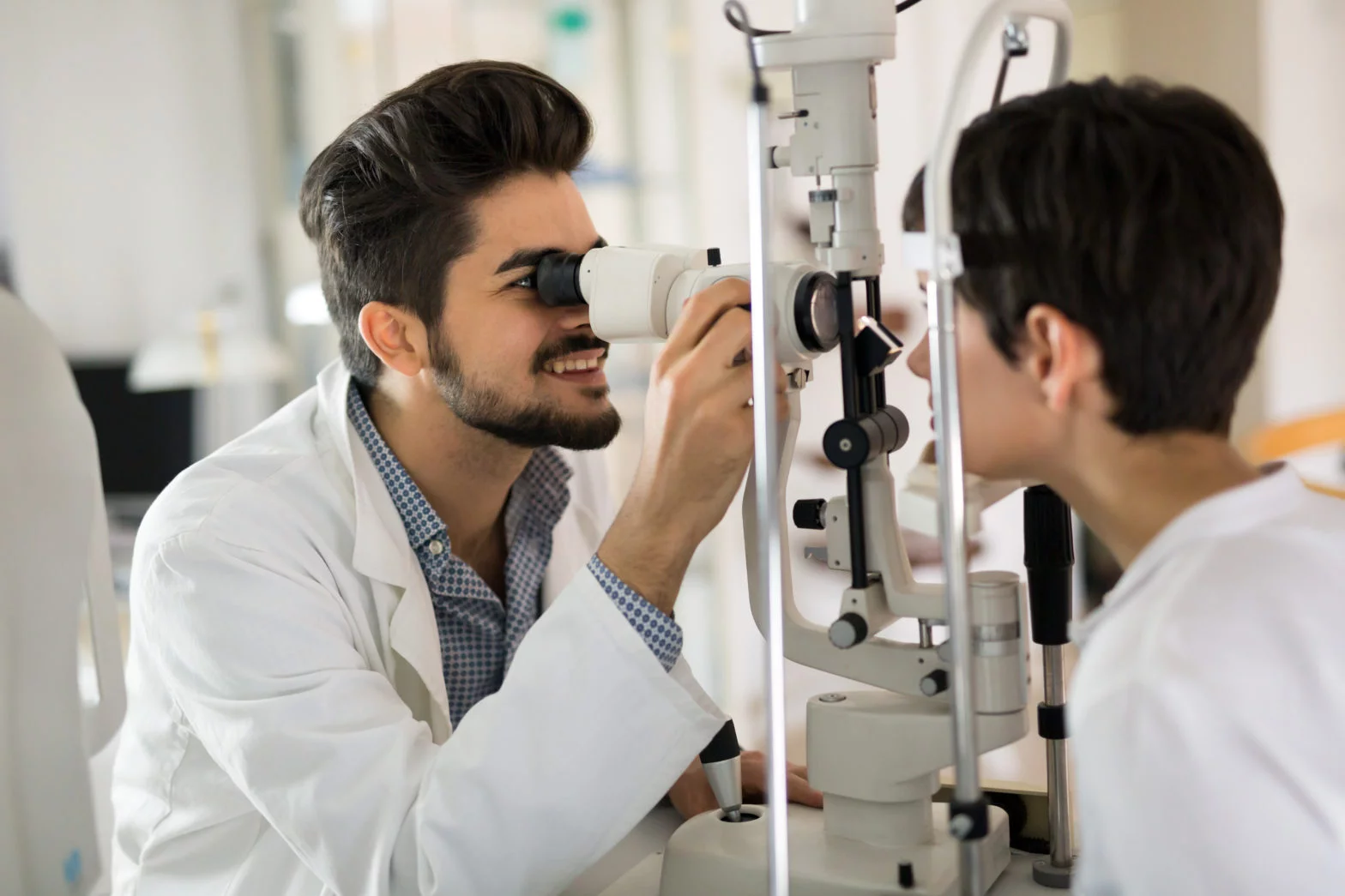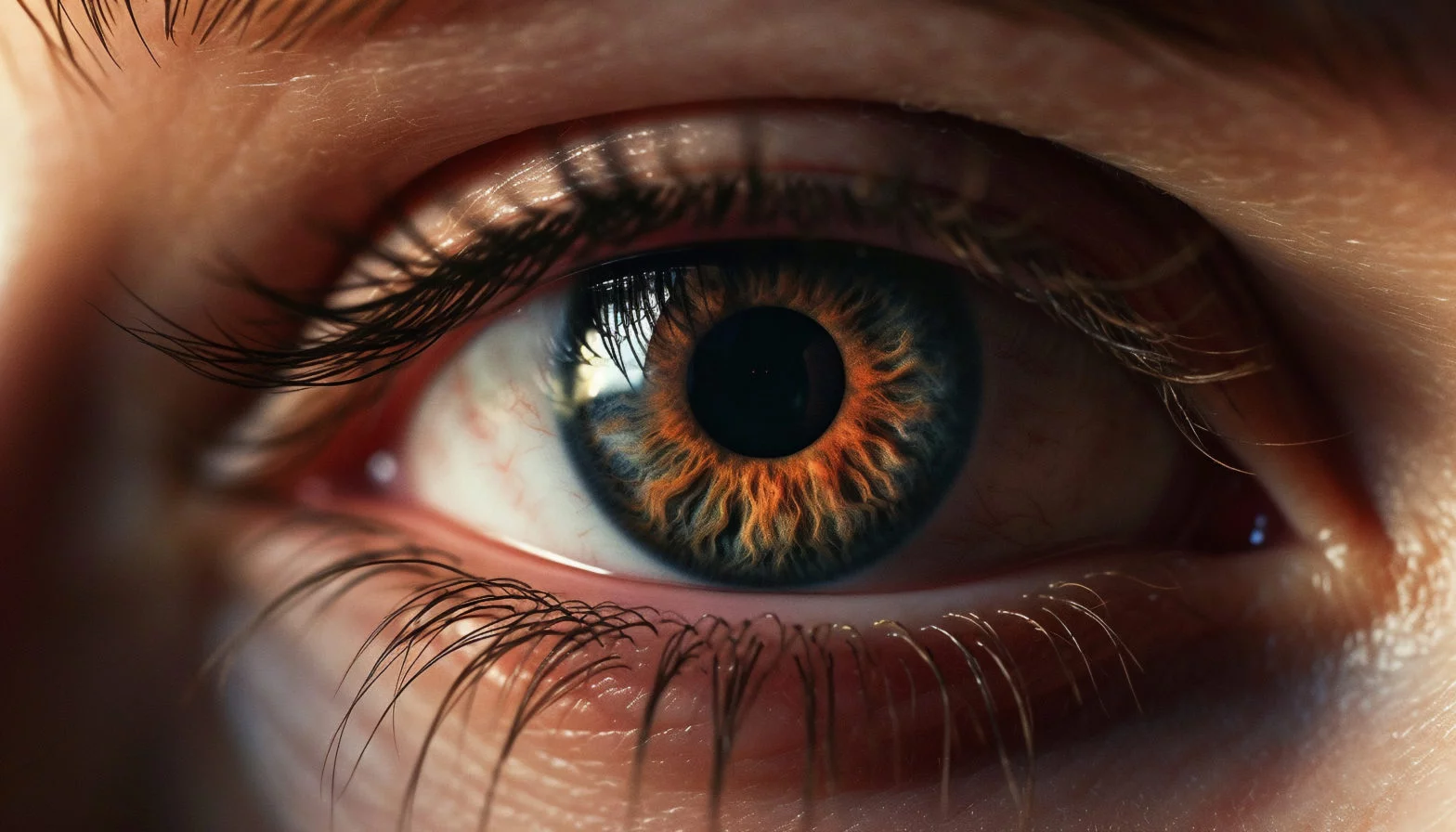When there is damage in the blood vessels of the retina at the back of your eyes, it results in an eye condition called diabetic retinopathy. In the initial stages, there may be no visible symptoms, but it is serious enough to steal your vision, causing blindness. This is why you must get immediate medical attention. It lets your eye doctor identify diabetic retinopathy symptoms and perform retinopathy tests at the right time.
In this blog, we will explore diabetic retinopathy symptoms and the various ways to diagnose it for performing retinopathy tests. Understanding how to diagnose retinopathy can be a critical step in managing this condition effectively.
Common Symptoms of Retinopathy
Before understanding the ways to diagnose retinopathy, let’s understand the typical diabetic retinopathy symptoms. Recognising these signs is crucial in seeking early diagnosis and appropriate retinopathy tests. Common symptoms of retinopathy include:
-
Blurred Vision
Retinopathy can cause a gradual loss of sharpness in your vision. You may find it increasingly challenging to focus on objects or read text.
-
Floaters and Flashes
Many people with retinopathy experience the appearance of floaters (specks or shapes that seem to float across your field of vision) and flashes (sudden bursts of light). These phenomena can be distracting and are often early signs of retinal damage.
-
Reduced Colour Perception
Some individuals with retinopathy may notice a diminishing ability to perceive colours accurately. Colours might appear less vibrant or washed out.
-
Peripheral Vision Loss
As the retinopathy progresses, you might notice a gradual loss of peripheral (side) vision. It can make activities such as driving more challenging and increase the risk of accidents.
-
Vision Distortions
Retinopathy can lead to distorted vision, making straight lines appear wavy or curved. This distortion can be particularly noticeable when looking at grids or checkerboard patterns.
Ways to Diagnose Retinopathy
After assessing diabetic retinopathy symptoms, eye care specialists perform retinopathy tests to diagnose retinopathy. Here are some common ways of examination:
-
Comprehensive Eye Examination
Before the retinopathy test, the most straightforward way to diagnose retinopathy is through a comprehensive eye examination. During this examination, the doctors dilate your pupils and use specialised equipment to examine the retina’s blood vessels. They look for signs of damage, such as bleeding, swelling, or abnormal blood vessel growth. This examination is essential in detecting retinopathy at an early stage when treatment can be most effective.
-
Fundus Photography
Fundus photography involves taking detailed photographs of the retina to capture its condition. This technique is often used to track changes in the retina over time and is particularly valuable for monitoring the progression of retinopathy. These high-resolution images provide a clear picture of the state of the retina and help in treatment planning.
-
Optical Coherence Tomography (OCT)
Optical coherence tomography is a non-invasive technique that allows for cross-sectional imaging of the retina. It provides detailed information about the thickness of the retinal layers and helps identify any abnormalities. OCT is a valuable tool for monitoring retinopathy before the Retinopathy of Prematurity (ROP test) and assessing the effectiveness of treatments.
-
Fluorescein Angiography
This diagnostic test involves injecting a special dye (fluorescein) into a vein in your arm. The dye travels through the bloodstream and into the blood vessels in the retina. A series of photographs are then taken to track the dye’s movement, highlighting any leaks or abnormalities in the blood vessels. Fluorescein angiography is particularly useful for diagnosing diabetic retinopathy symptoms.
-
Ultrasound Imaging
In cases where there are obstructions in the eye that make it difficult to conduct traditional imaging, ultrasound can be an effective way. It allows doctors to create images of the eye’s interior. This technique is valuable for evaluating the retina and identifying any structural abnormalities or issues that may be contributing to retinopathy.
-
Blood Tests and Health Assessment
Retinopathy can be a secondary condition linked to underlying health issues, including diabetes and hypertension. To diagnose this, a complete health assessment is often part of the process. Eye doctors may conduct blood tests to check for conditions that can lead to diabetic retinopathy symptoms and your overall health. It helps them determine if there are other systemic problems.
Do you experience diabetic retinopathy symptoms like peripheral vision loss or flashes in your vision? If yes, then you should consult your doctor to recognise diabetic retinopathy symptoms. Doctors at prestigious hospitals like Dr Agarwals Eye Hospital use advanced techniques to identify it at an early stage. It helps in prompt treatment and conducts retinopathy tests accordingly.
Book your appointment to protect your vision with our experts at Dr Agarwals Eye Hospital!








